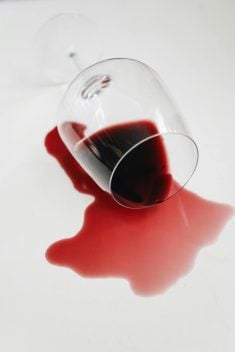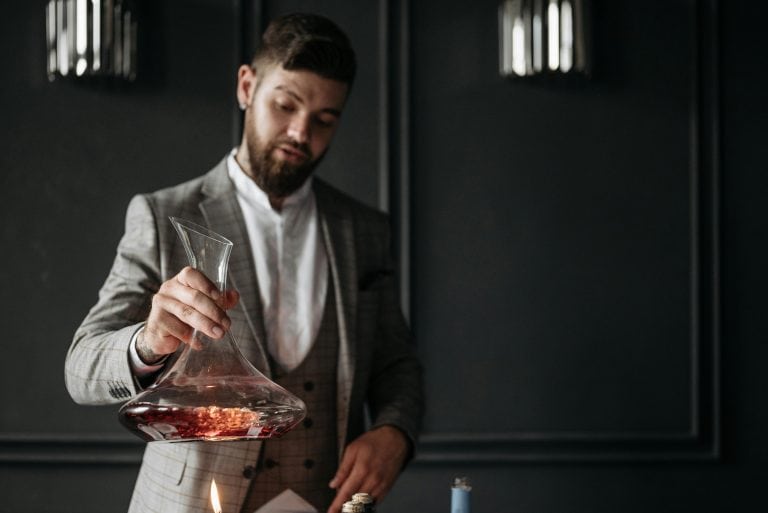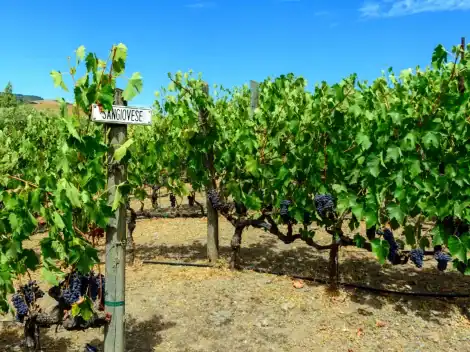Research published in the journal Human Brain Mapping has highlighted how the brains of sommeliers "remodel" themselves by "synchronizing seemingly independent circuits to optimize the ability to distinguish between subtle differences in the qualitative character of wine" and translate them into words. A real cognitive boost. The study, titled "Sniffing out meaning: Chemosensory and semantic neural network changes in sommeliers," aimed to analyze the brain response to wine tasting and how it differs between sommeliers and non-experts.

Professionals vs. amateurs
Among sommeliers and occasional drinkers, a major difference is the mastery of the subject matter by the former compared to the latter, but through the scientific experiment, it was observed that different brain regions are employed during wine tasting. While occasional drinkers predominantly use the frontal cortex, which highlights a "brain effort" during tasting, sommeliers activate parts of the brain that use language and taste to create a connection between the two.
"The study represents one of the few experiments that have examined the structure and functioning of sommeliers' brains during tastings," the researchers said. "Our results indicate that experience and expertise in wine tasting likely modulate both tasting and language circuits to produce superior flavor recognition abilities, as demonstrated by sommeliers during blind tastings."

The brain mapping experiment
28 volunteers, including professional sommeliers and occasional drinkers, participated in the study. They were all served Spanish wines to taste, assessing their level of complexity. Both groups were served four different Spanish wines: a Penedès Chenin Blanc, a Valdeorras Godello, a Ribera del Duero Tinta del país based on Tempranillo, and a Priorat red composed of Garnacha, Cabernet Sauvignon, Syrah, and Cariñena. They all tasted them while their brains were connected to a magnetic resonance imaging machine and were asked to evaluate the complexity of each wine.
"We found functional differences between sommeliers and generic consumers involving the sensory flavor circuit, but also regions involved in semantic operations," the study reads. "The former reflects a capacity for differential sensory processing, while the latter reflects sommeliers' ability to pay attention to relevant sensory inputs and translate them into complex verbal descriptions."


 “In Chianti, warehouses are full and prices are falling”. The economic crisis of Tuscan wine explained by Giovanni Busi
“In Chianti, warehouses are full and prices are falling”. The economic crisis of Tuscan wine explained by Giovanni Busi US tariffs will take effect on 1 August for everyone (including wine). Prosecco DOC: “it’s impossible to plan for the future
US tariffs will take effect on 1 August for everyone (including wine). Prosecco DOC: “it’s impossible to plan for the future Diego Rossi of Trippa opens a new osteria: what you can eat at Nino Osteria con Cucina in Milan
Diego Rossi of Trippa opens a new osteria: what you can eat at Nino Osteria con Cucina in Milan How you eat at Sentiero, the restaurant Elba Island was missing
How you eat at Sentiero, the restaurant Elba Island was missing







